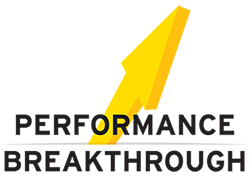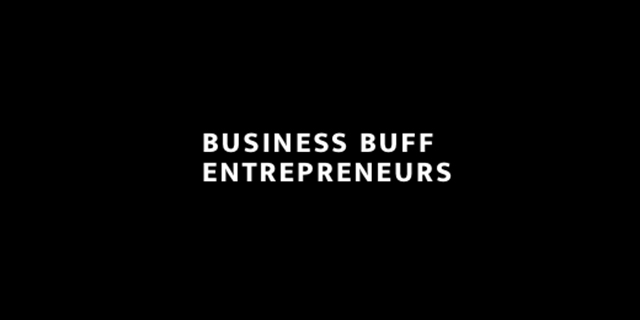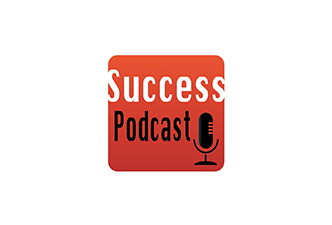I was at breakfast with a friend the other day and we were talking about networking and building our respective businesses.
“I don’t think I’m threatening enough.” He said.
Excuse me. I wasn’t sure I heard him right so I asked him again. He reiterated that a very successful sales coach told him he’d build his business much bigger if he was more threatening.
“You’re too nice a guy”, he said. “Everyone likes you and feels very comfortable with you so it’s hard for you to switch into sales mode.”
My friend felt very uncomfortable with this. He didn’t feel comfortable switching into “sales mode”. He genuinely likes people and doesn’t like to pressure anyone into a sale.
This pressuring, “sales mode” attitude is why most of us hate salespeople. It’s also why most people are uncomfortable selling. Hard driving sales tactics and techniques are just not who we are. They make us uncomfortable and make our prospective clients put up a great big wall between us.
Don’t get me wrong, I believe in, and coach people, on sales processes and techniques that increase the likelihood of making the sale. However, these don’t need to be aggressive and unnatural. These can help you to build relationships instead of tearing them down.
Here are 3 tips for a no-pressure, natural, relationship building sale:
The most important thing to all of us is…ourselves. So when we meet someone new at a networking event, or we meet with a prospect, why do we show up and throw up? Why do we insist on talk about ourselves so much before we know anything about them? If people are most interested in themselves, we should spend 80% of the time asking them open-ended questions to find out more about them. They’ll love you for it and it’ll have the added benefit of telling you what their “hot buttons” are and if they’re a true prospect.
People don’t want to be sold. They want their problems solved. Instead of selling them, try to help them solve their problems. This shows them what you can do to help better than a canned sales pitch or a PowerPoint presentation. Some people are concerned that would mean giving their services away for free. However, spending 15 minutes or an hour helping someone solve their problems seems like a small investment to make to gain a new client.
”Are you open to some help with that?” If you haven’t “thrown up” and you’ve “consulted” instead of “sold”, closing the sale becomes much easier. Instead of closing hard using a traditional sales technique, all you have to do is ask this one simple, non-threatening question. Most people are “open to some help”. It doesn’t mean you’re guaranteed to make the sale, but it does mean you’re much more likely to openly discuss the potential to do so.
Selling this way will ensure that if you don’t make the sale, you’ll at least make a friend. And friends refer other friends. You win either way.
What’s worked for you? What tips do you have to make the sale and make a friend at the same time? We’d love to hear them.


